Bifold vs sliding doors — industry experts reveal the pros and cons so you can choose the right patio doors for your home
If you're torn between bifold and sliding doors, we've broken down what you should consider
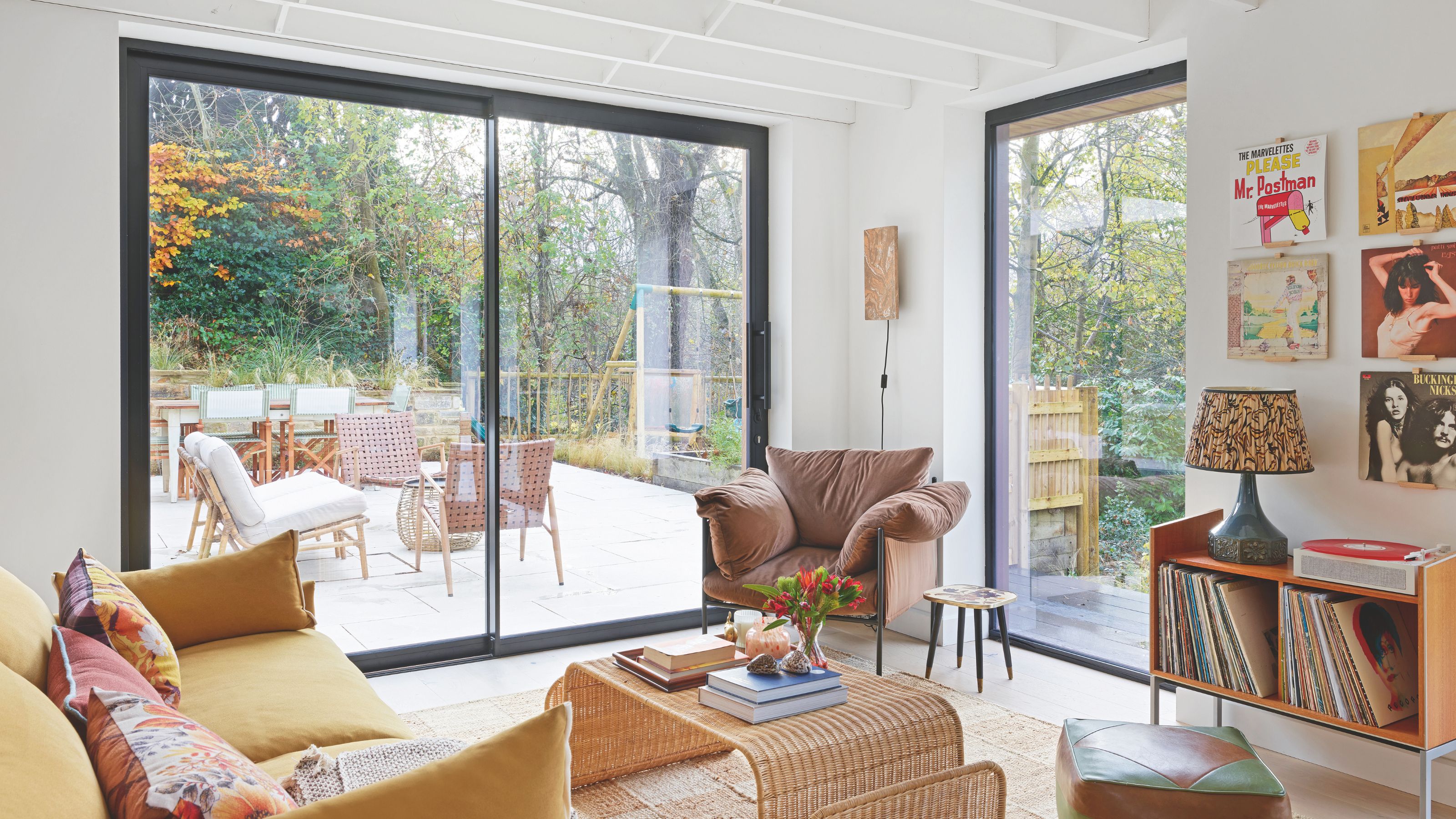

The bifold vs sliding doors debate is a common dilemma faced by homeowners trying to choose the best external doors for their home or extension.
When it comes to patio doors, both sliding and bifold configurations are popular choices. Both have so much to offer anyone looking for a way to connect their home to their outdoor spaces and draw in lots of extra natural light. That said, there are key differences between the two that mean that, in some cases, one may be more suitable than the other.
Our guide is here to compare the pros and cons of both, as well as taking a look at costs and the alternative options if you decide that neither of these is right for you.
What's the difference between bifold and sliding doors?
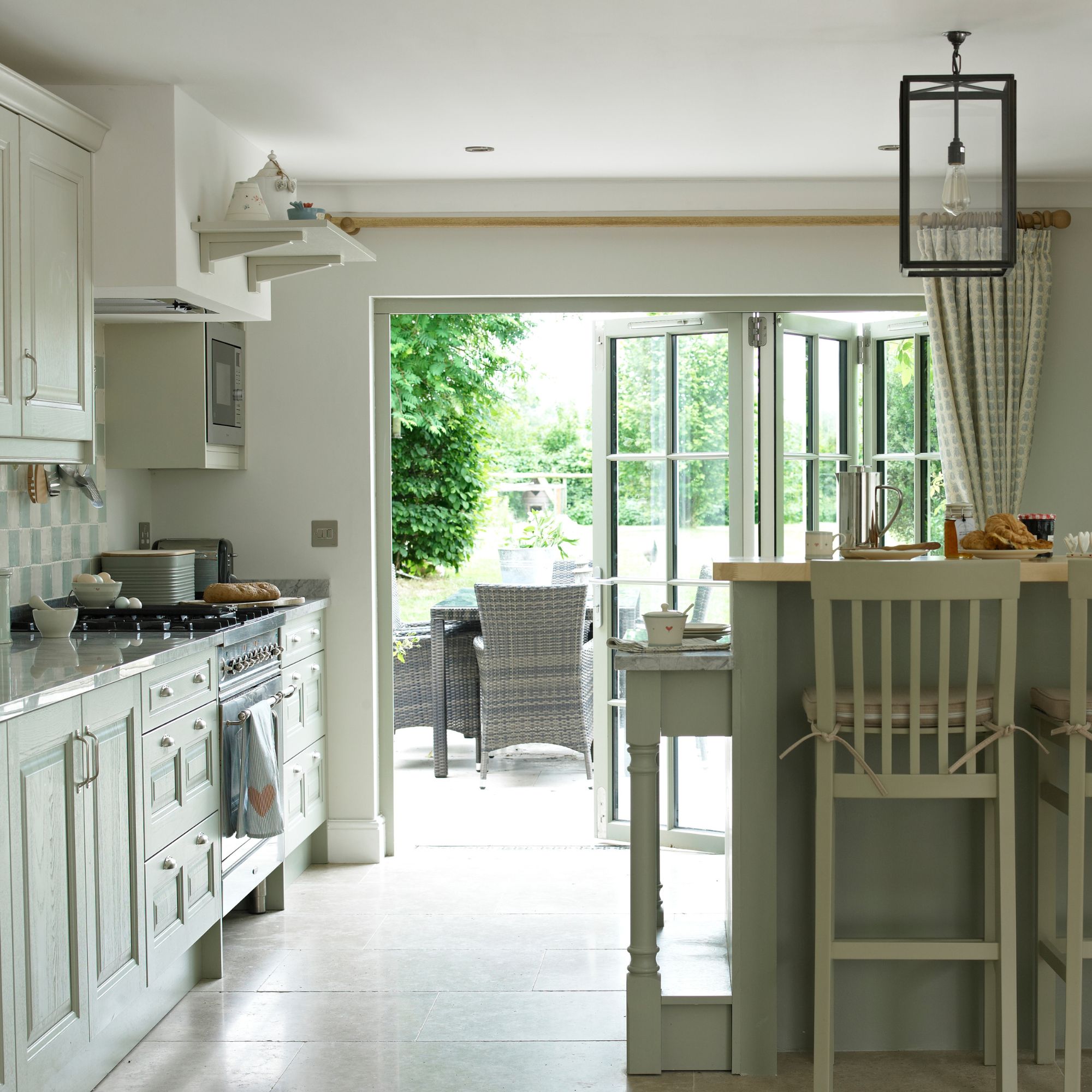
When it comes to choosing between bifold doors and sliding doors, it is really important that you understand the differences between all the available options.
'Bifold doors are a relatively modern addition to the UK home and have only really become popular in the past 15 years,' says Edward Stobart, technical sales manager at ID Systems.' 'Sliding doors have existed for longer – although the attention to detail and design of modern aluminium systems make them almost unrecognisable from previous generations of sliding doors.'
As the names suggest, the main differences between bifolds and sliding doors is in the way that they open.
'Bifold doors are folding glass doors like an accordion and consist of multiple panels of glass that stack neatly against a wall when open, either for a flat wall or a corner,' explains Katie Brekke, senior business manager at Andersen Windows and Doors.
Get the Ideal Home Newsletter
Sign up to our newsletter for style and decor inspiration, house makeovers, project advice and more.
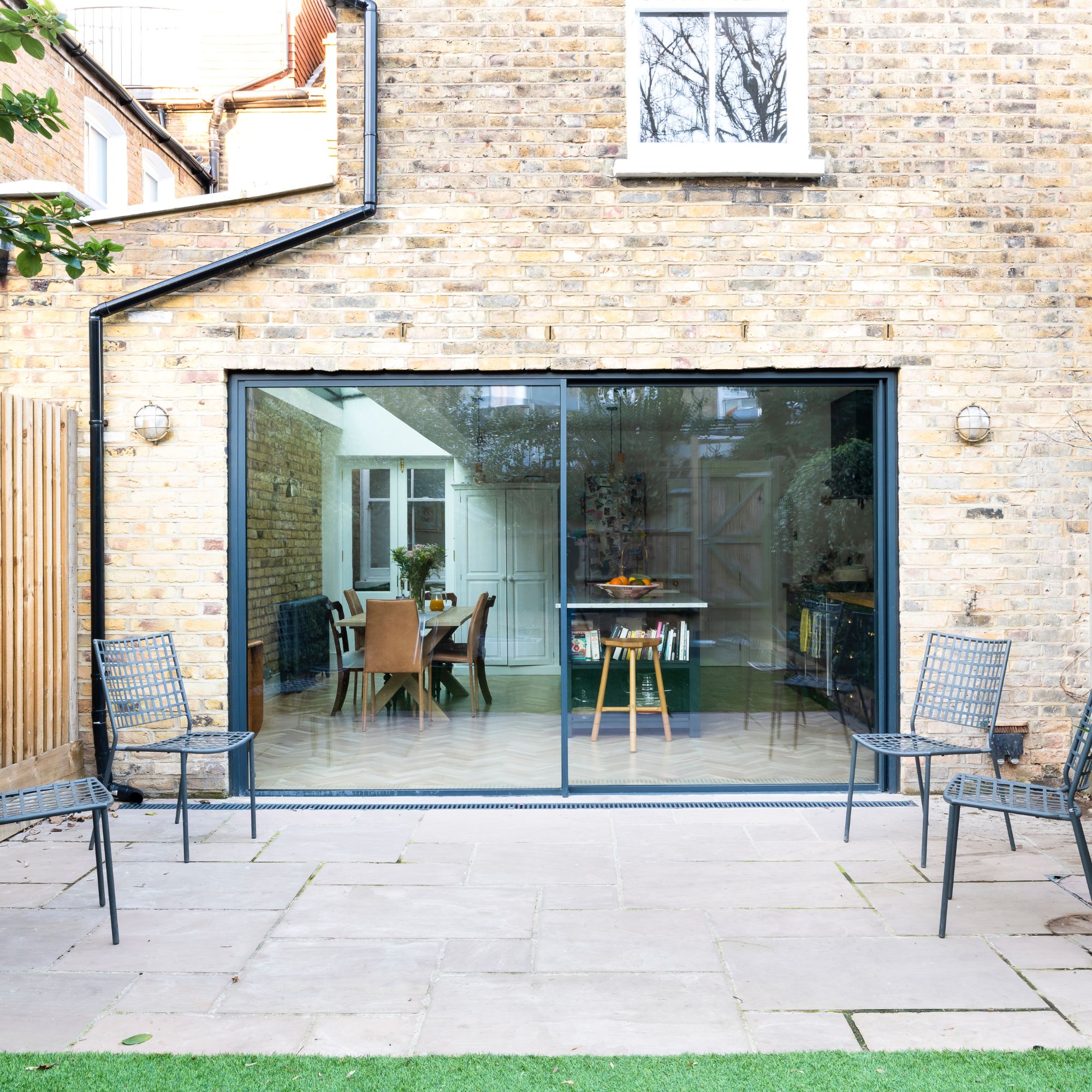
Sliding doors operate horizontally, sliding on a track that can either be raised in a sill, or set within the ground for a level threshold between inside and out.
They come in all kinds of configurations, and panels can all slide in the same direction, or away from one another. They can also be designed to slide in opposite directions away from a corner to open up the entire two sides of a house. The panels can slide over one another, along walls or even into pockets set within the wall itself.
It is worth noting that both styles of door come in a range of materials, including timber, aluminium, composite and uPVC.

A long serving member of the IDSystems team, for the past 20 years Edward has advised and supported self-builders and renovators to identify the most suitable glazing options for their project. He has recently finished a complete renovation and remodel of his own home, transforming a tired 1960s house into a stylish modern family home.. His expertise ensures that each project is equipped with cutting-edge, bespoke glazing designs that enhance both functionality and aesthetics.
What are the pros and cons of bifold doors?
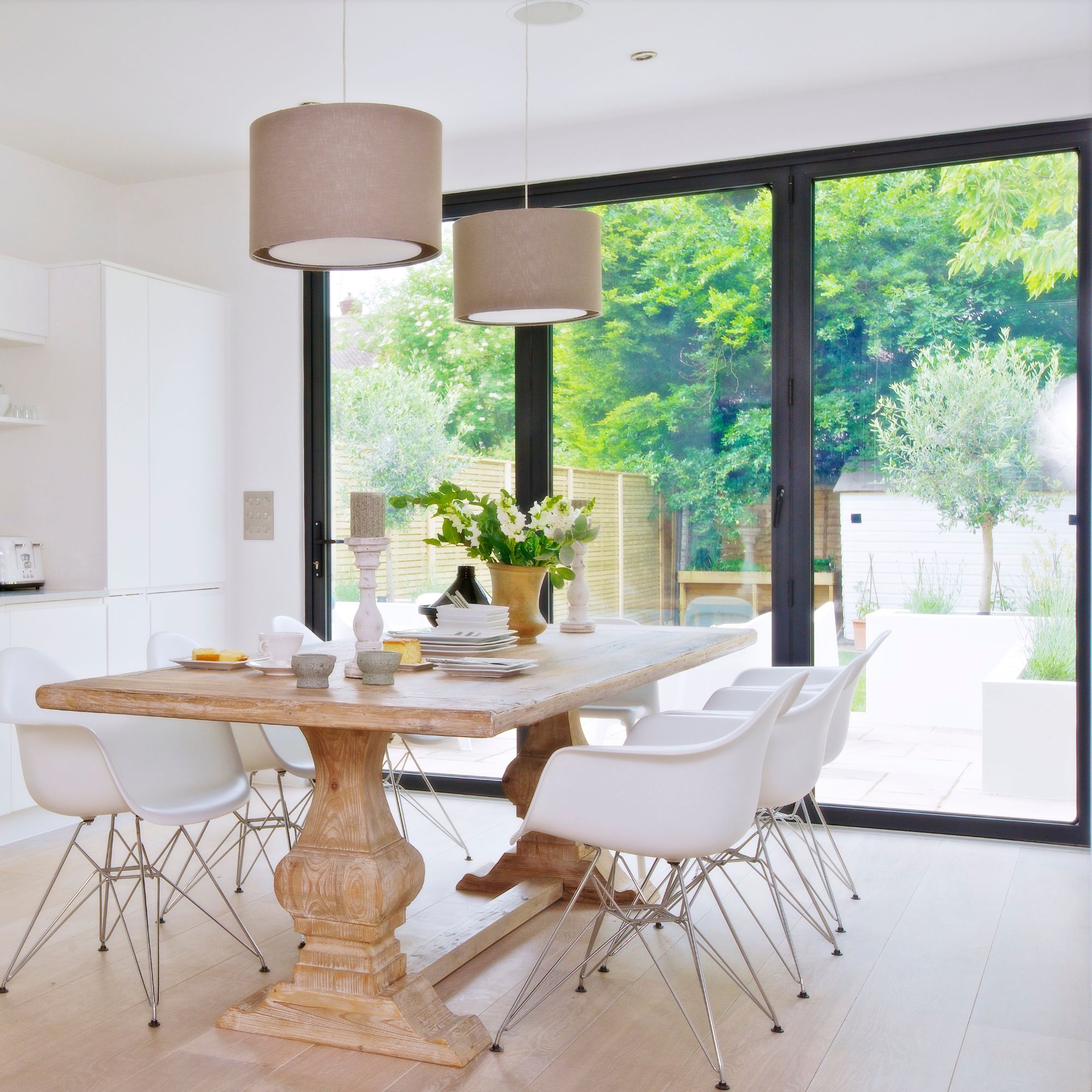
Before we look into how to buy a door that is perfect for your house, lets take a look at the benefits and disadvantages of bifold doors.
'Adding bifold doors is a great design choice and adds functionality making it easier for outdoor living,' says Katie Brekke.
'Bifold doors are perfect for creating a complete opening which is ideal for smaller apertures, but they do utilise more frame so when they are closed you are not letting in quite as much light,' adds Edward Stobart.
Pros of bifold doors
- Can be opened up completely leaving an uninterrupted space between inside and out
- Suited to both small and larger apertures
- Available in a huge range materials and designs
- Smooth operation
Cons of bifold doors
- Chunkier frames and therefore offer less clear views and let in a little less light than sliding
- Require space for stacking to one side
- May require a little maintenance to remain running smoothly in their tracks
What are the pros and cons of sliding doors?
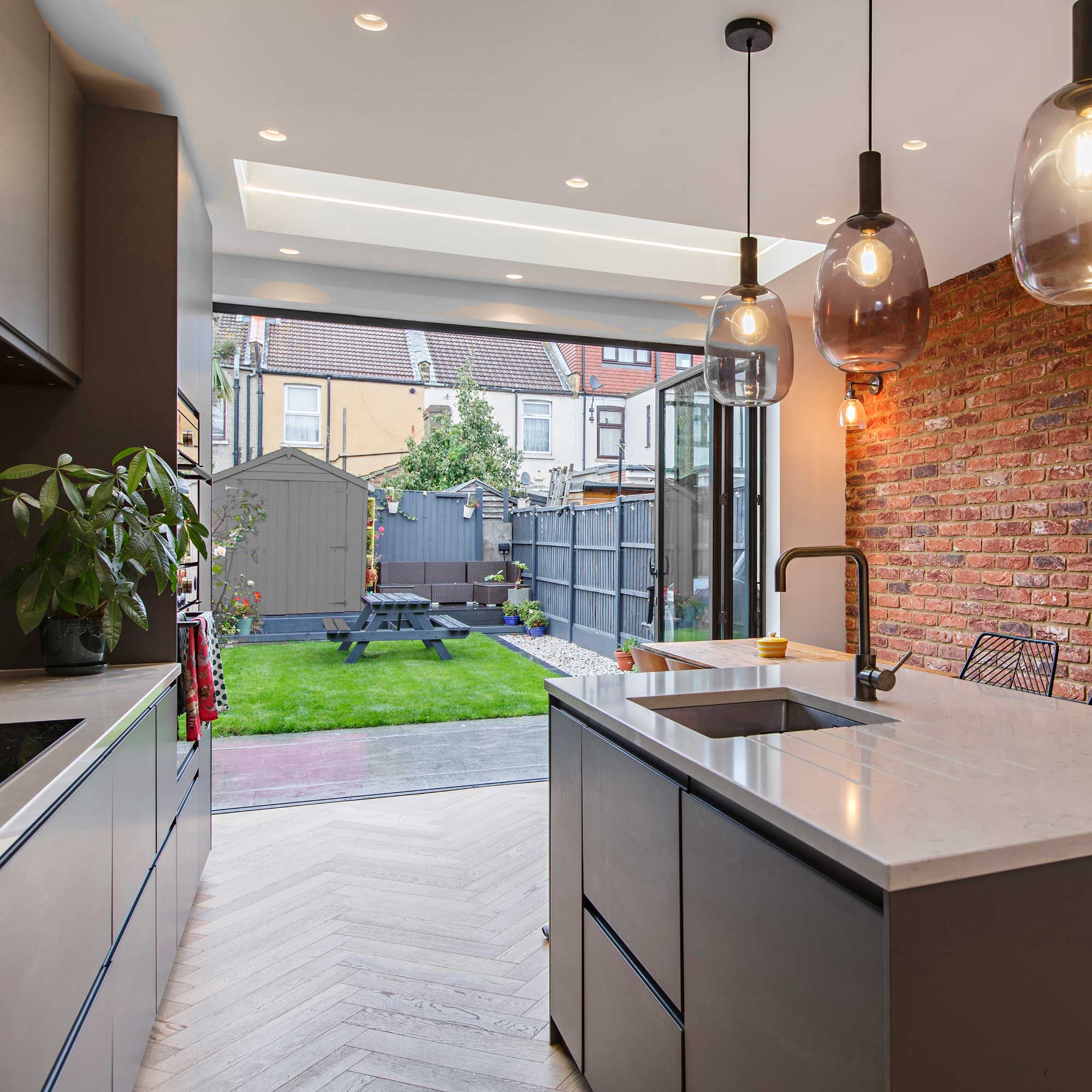
Just as with front door ideas, patio door trends come and go. Sliding doors are currently the more popular option over bifolds and there may be a couple of reasons for this.
'In terms of product popularity, there has been a real shift in trends away from bifold doors and towards sliding doors over the past five years,' reveals Edward Stobart. 'The large panes of glass and narrow frames that can be achieved with sliding doors make them a must-have for larger builds, though bifold doors still have their place, especially for smaller renovation projects where the fixed panel of sliding doors would block the space.
'With sliding doors, the incredibly narrow frames and larger panels are ideal for letting in light when the doors are closed, but you are likely to lose an element of the aperture when the doors are opened,' adds Edward.
Pros of sliding doors
- Narrow frames and larger glass panels let in lots of light and give great views
- Suit larger apertures really well
- Available in many materials and designs
- Tend to suit very contemporary homes particularly well thanks to their minimalist design
Cons of sliding doors
- Can't open up the entire aperture as one panel will always remain
- Tracks need cleaning out to ensure smooth running
- Less easy to use for quick access and can be heavier to operate than bifolds
Are sliding doors more expensive than bifolds?
Whether you are choosing a new front door or looking at the options for the rear of your house, you need to explore all the associated costs. This is a really hard one to answer as there are so many variables that will affect what you pay for either style of door – the size of the aperture, the frame material you opt for and the types of glazing you consider will all play a part.
Costs are, in fact, quite similar. For both types of door, uPVC lies at the very cheaper end of the price scale while aluminium sits at the top, with timber not far behind – some hardwood designs will actually come in at a little more.
Are bifolds or sliding doors better for me?
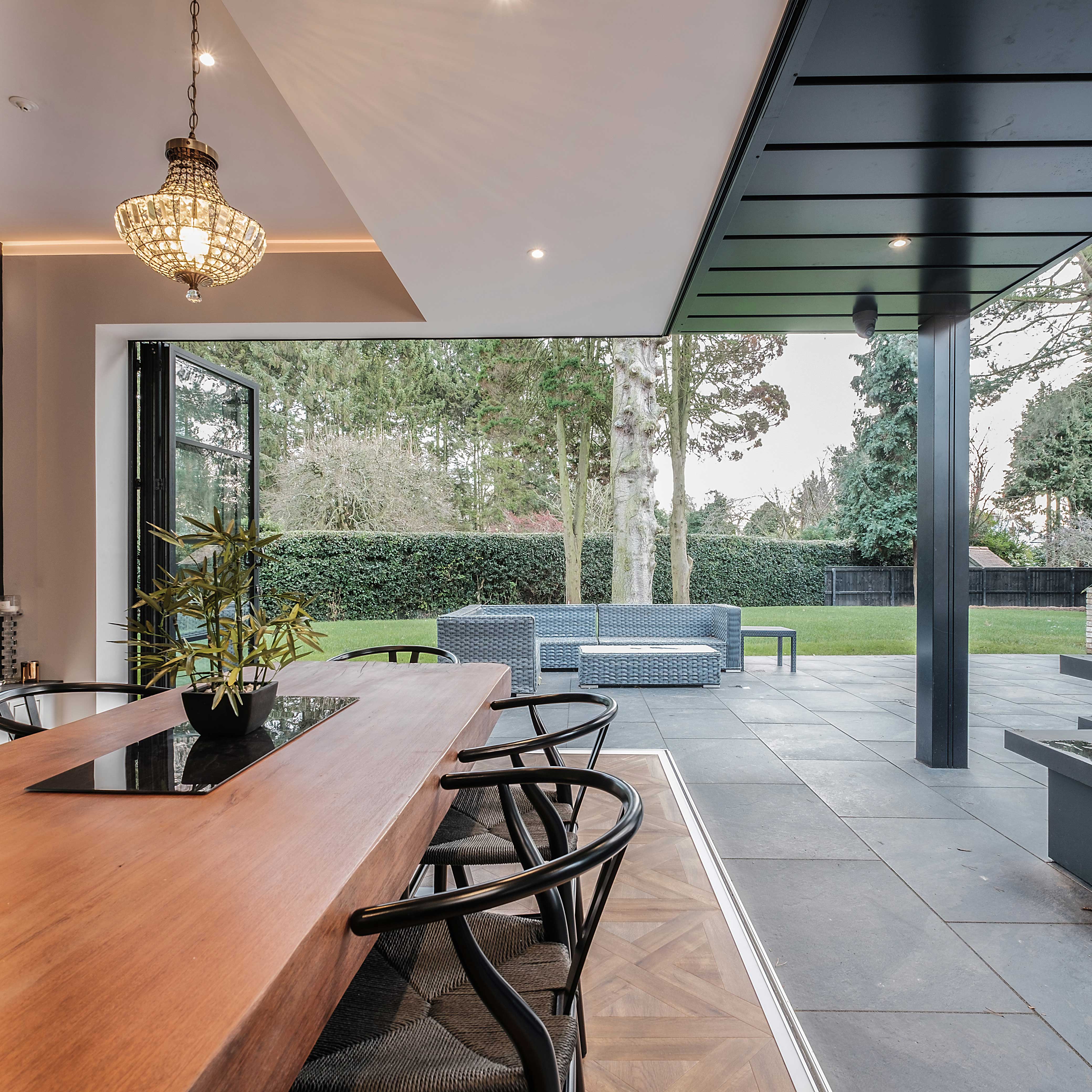
Now you know the pros and cons of both types of doors, the experts we spoke to have a few more tips on how to decide which is right for you. 'For those choosing between door systems, the choice can be a difficult one but there are a couple of key questions that can help guide you: how wide is the opening and how often will you open the doors?' says Edward Stobart.
You also need to bear in mind how the doors will tie in with your patio ideas. 'The width of the aperture is important because the smaller it is (particularly under 3 metres), the more likely it is that bifold doors are the best option. Their ability to fold to one end to maximise the opening is the real selling point of the system at that size,' advises Edward.
'As the apertures get wider (for openings over 4 metres), the chunkier frames of bifold doors mean the view out is more compromised,' continues Edward. 'Larger glazed panels and the tiny frames of sliding doors tend to be the most popular option, providing homeowners with almost uninterrupted views out all year round.'
'Bifolds have and continue to be popular because they completely open up a space within a room and make a seamless transition between the indoors and outdoors,' further advises Katie Brekke. 'Sliding patio doors can be a great option, depending on space and goals, and now have narrower sightlines for more light and clear views. However, they won’t open up an entire wall with the same effect of a bifold door.'
'With regards to how often you will open the doors, the simple answer is the more often you are likely to use the doors, the more bifolds tend to come into play – because their ability to connect inside and out is their main selling point,' explains Edward Stobart. 'If you are likely to use them less often, then sliding doors come into their own because there is more glass and less frame in your view.'
Katie Brekke is the Senior Business Manager at Andersen, where she leads the premium business unit. Katie began her journey at Andersen in 2005 as an engineer and has had a diverse career in engineering, supply chain, customer service, logistics, and business management.
FAQs
Where should you shop for bifold or sliding doors?
There are many suppliers of both bifold and sliding doors, but you do need to be sure that you are buying from a reputable company, preferably with trusted recommendations.
'If you opt for a specialised door like the bifold, make sure you invest in a quality option,' advises Katie Brekke. 'There is a lot of engineering and craftmanship that goes into creating a large door to make it look and work beautifully for your home.'
IDSystems, Origin Global and Kloeber are all great options in the UK.
Are there any alternatives to bifold or sliding doors?
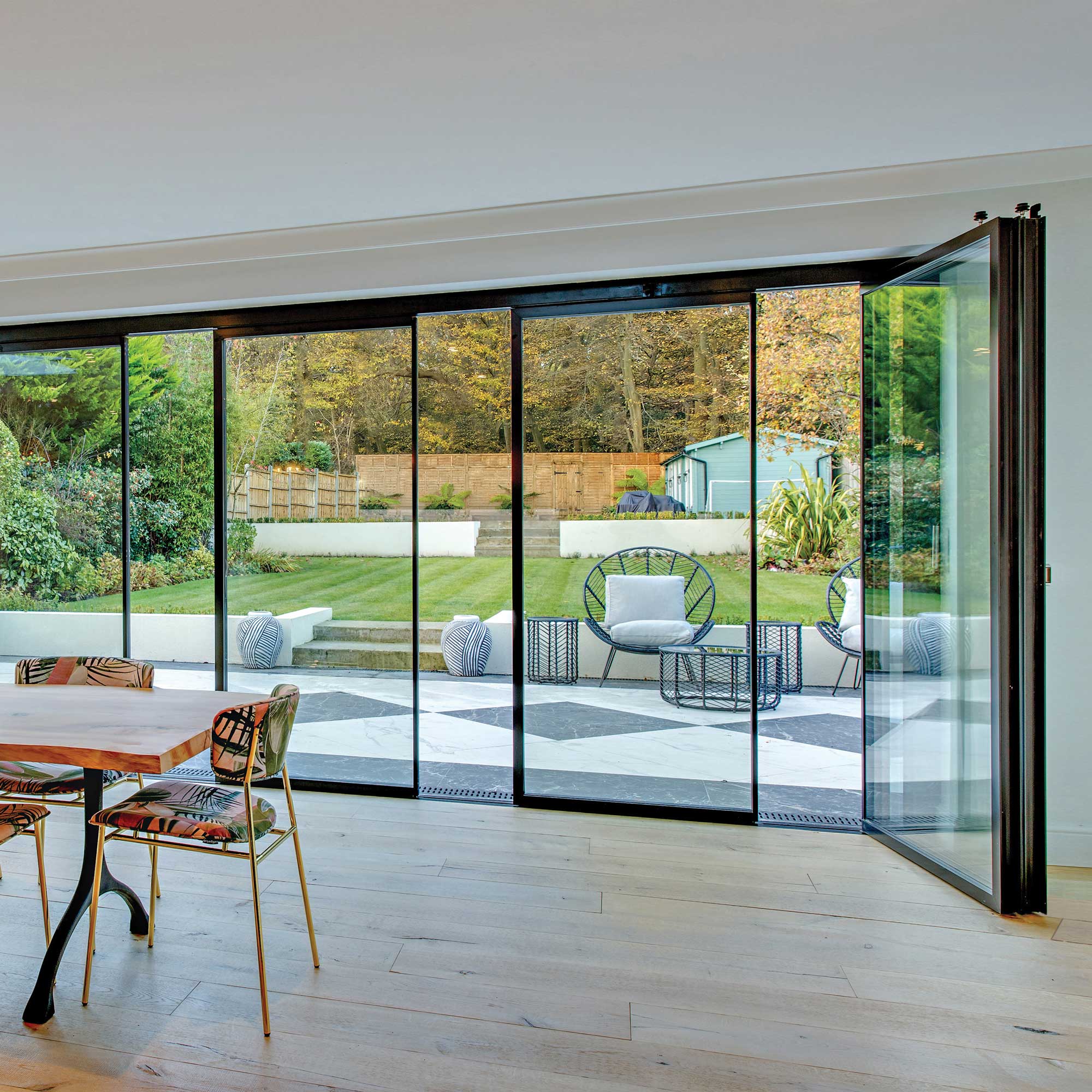
If neither bifold nor sliding doors seem quite right for you, there are other options. Obviously you could consider French doors, a perfect option for owners of older properties, keen for their patio doors to tie in with their period front door ideas.
Another brilliant choice is slide and turn doors.
'There is a third option now, which is slide and turn doors. An ultra-modern alternative to bifold and sliding doors which feature narrow frames like sliding doors, but have the ability to slide and stack the panels to create a completely unobstructed opening, like bifolds,' explains Edward Stobart.
Once you have your external doors sorted, make sure you explore the best patio furniture ideas to make sure you are creating a view worth the effort.

Natasha has been writing about everything homes and interiors related for over 20 years and, in that time, has covered absolutely everything, from knocking down walls and digging up old floors to the latest kitchen and bathroom trends. As well as carrying out the role of Associate Content Editor for Homebuilding & Renovating for many years, she has completely renovated several old houses of her own on a DIY basis.
You must confirm your public display name before commenting
Please logout and then login again, you will then be prompted to enter your display name.
-
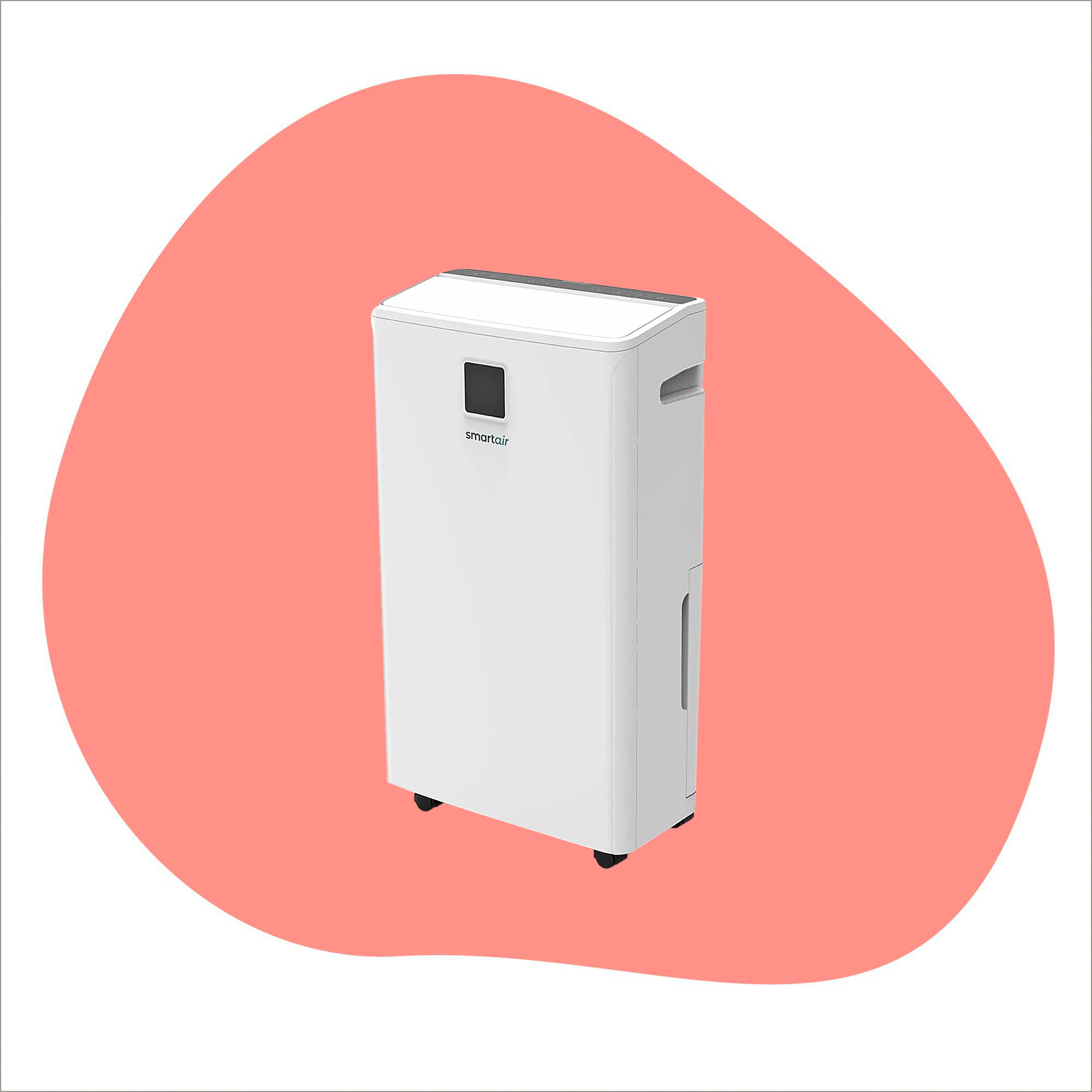 I tried out this neat little dehumidifier for a month – it dried my laundry in half the time
I tried out this neat little dehumidifier for a month – it dried my laundry in half the timeThe 20L SmartAir Dry Zone dehumidifier tackled my laundry drying woes head on
By Jenny McFarlane
-
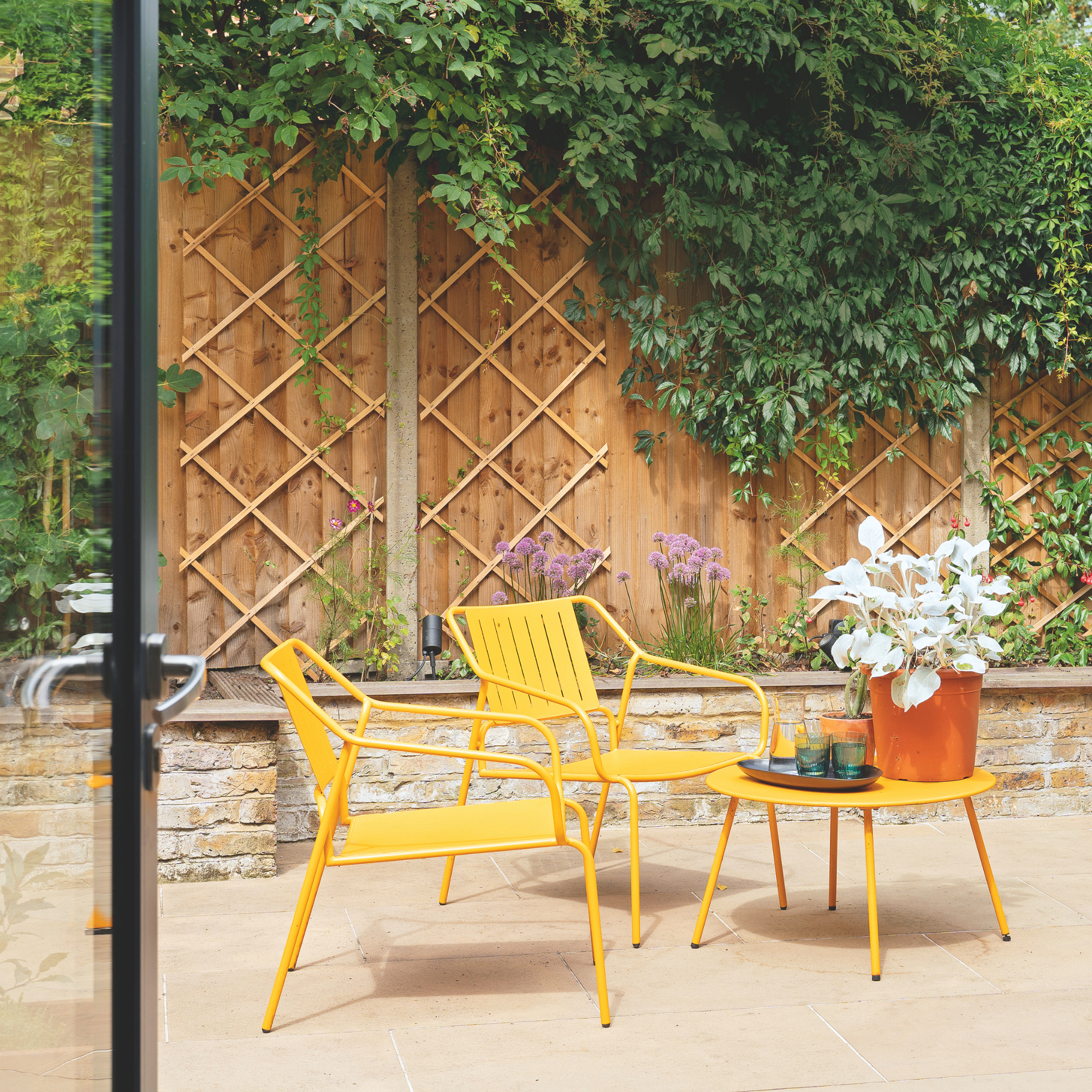 I’m seeing pastel garden furniture at all my favourite brands this spring, but QVC’s sorbet collection impressed me the most
I’m seeing pastel garden furniture at all my favourite brands this spring, but QVC’s sorbet collection impressed me the mostFresh pastel shades are a great way to liven up your outdoor space
By Kezia Reynolds
-
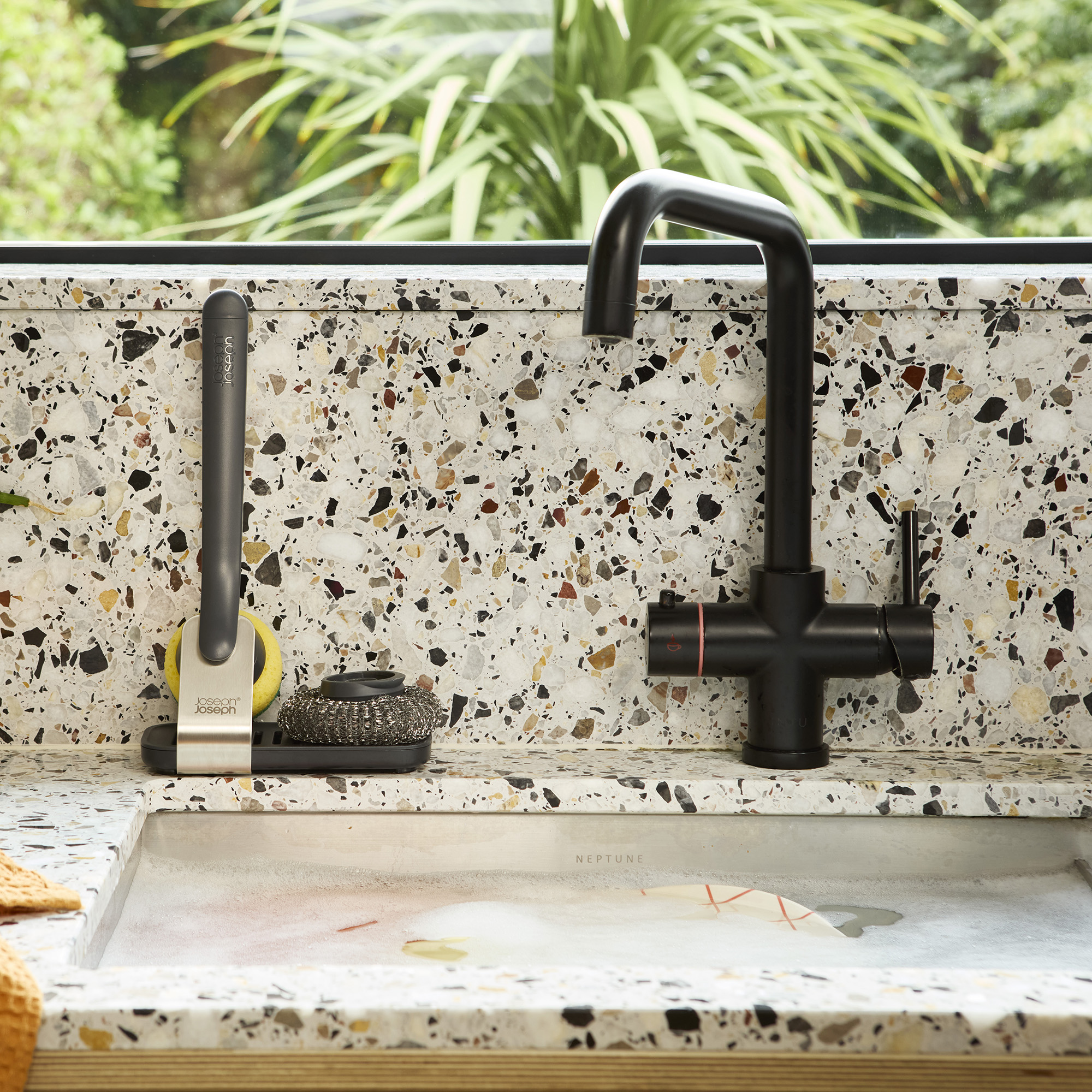 Don't tell my flatmates, but Joseph Joseph's clever new sink range finally made me enjoy washing up
Don't tell my flatmates, but Joseph Joseph's clever new sink range finally made me enjoy washing upI didn't know stylish washing up accessories existed until I saw this collection
By Holly Cockburn